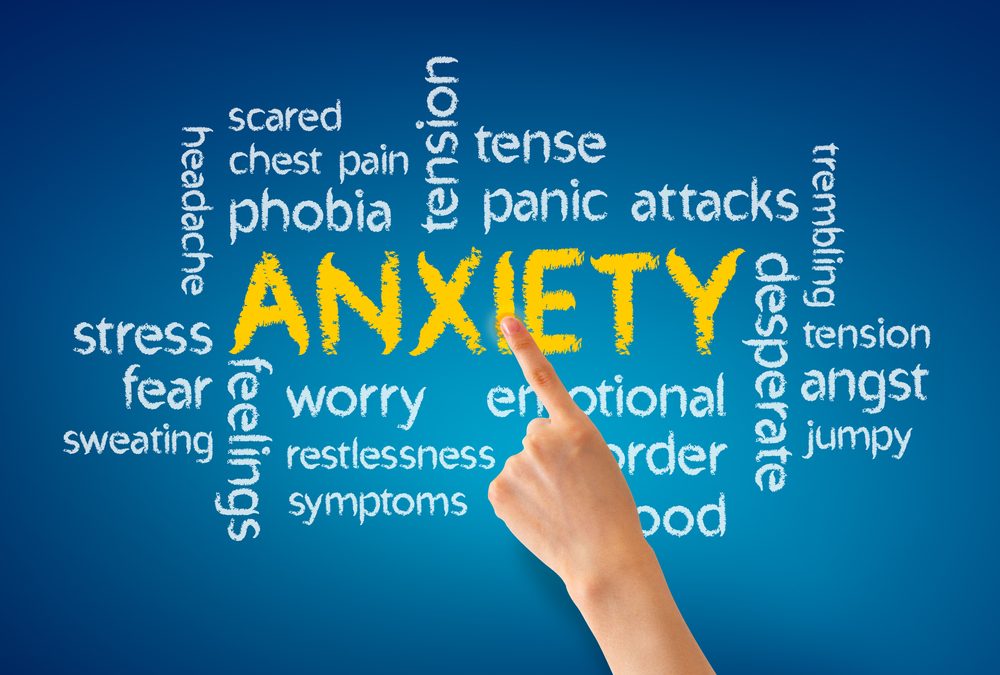Anxiety is a common mental heath condition that most people will experience in their life time. It can effect people’s lives and hinder them from coping as they normally might. It can be preceeded or proceeded by depression or low mood if not treated.
Although anxiety can be a hinderance to many, it is also a normal part of being human– it can help drive people and help give clarity to situations causing concern like a threat – helping the person to decide what to do and resolve it. In short bursts, anxiety can be helpful. However, it is when anxiety becomes a constant part of a person’s life that it becomes disabling.
Anxiety can be learnt and people can have a predisposition to it genetically. A trigger may start the anxiety and depending on its symptoms, which vary from person to person, will then cause the person to be overly concerned. For example, a person with anxiety will tend to negatively overthink ; imagining the worst case scenario or the most negative outcomes. These thoughts are often distorted and not always rational. It can become difficult to separate from the thought and behaviours and as it continues, harder for the person to manage the thoughts.
There are physical and emotional symptoms of anxiety
Physical symptoms can include:
- a racing heart rate
- feeling short of breath
- feeling agitated and distressed
- feeling shaky
- sweating and feeling sick
Behavioural symptoms may include:
- seeking lots of reassurance
- avoiding situations and objects – like not going to school or work
- panic
- overthinking things and ‘getting stuck’
- avoiding situations that trigger anxiety.
Anxiety can feel like you are going mad – the physical and emotional symptoms can feel overwhelming. If the person is not aware of anxiety as the core to the symptoms it can be scary too.
There are different types of anxiety including generalised anxiety (anxiety that is felt most of the time), specific anxiety (anxiety triggered by certain situations such as going on a bus or work place), phobias (extreme anxiety causing person to avoid a certain situation) and OCD is an anxiety disorder too as it is triggered by anxious thoughts.
Once the person is aware of their symptoms of anxiety and what triggers it, it is easier to manage. Anxiety can be treated relatively easily with a combination of methods that help the person to feel in control. This results in the anxiety being reduced and the avoidance behaviours being ceased. This essentially means that the person’s normal life can go on and be returned to.

